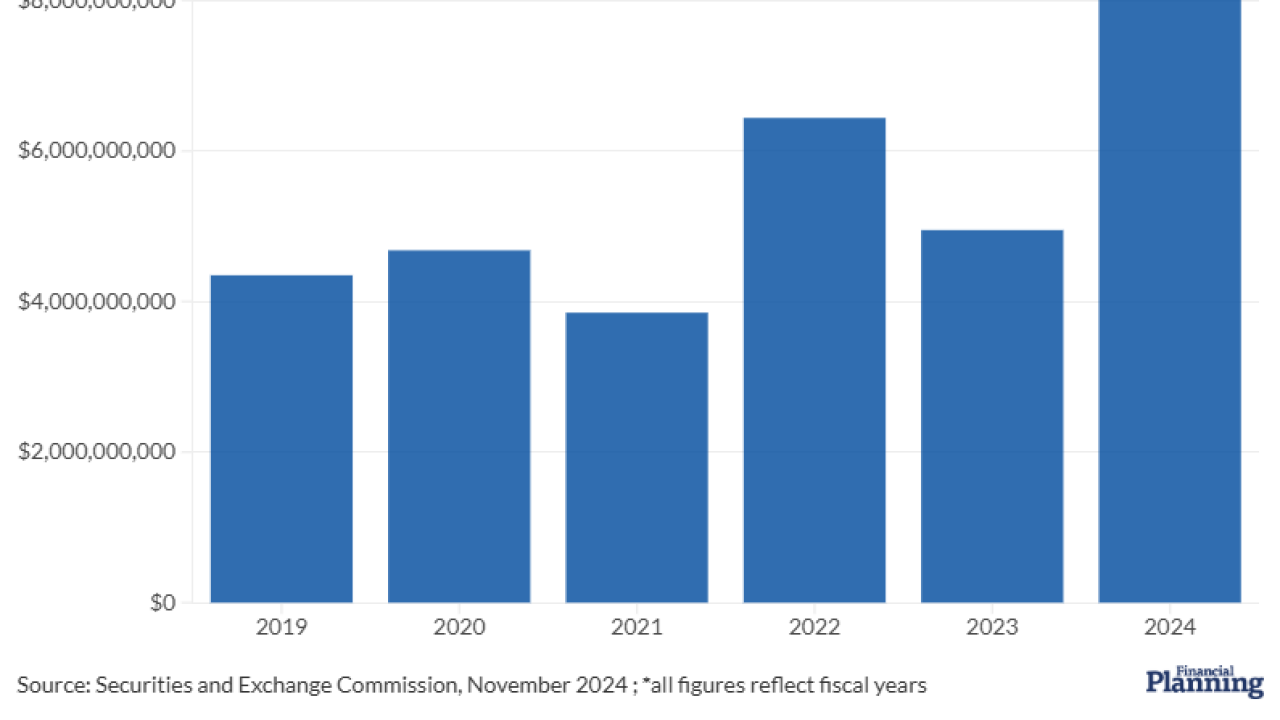As a child, I was taught about the American dream. My parents coached me that to earn a good living I had to work hard, come in early, stay late and appreciate what I had. But I found out very quickly that having a good work ethic alone doesn’t always produce success.
Many of our clients are often similarly working with outdated rules. They are not able to see the big picture. As life events happen, they react without a coordinated plan to guide them. Between paying for college for their children, taking care of their parents, paying down debt and maybe even a divorce or surprise medical event, it’s no wonder that they’re falling behind.

But there’s still hope. I believe it helps to think of financial planning as a jigsaw puzzle. When I put together a puzzle with my kids, I guide them by telling them to focus on the picture on the puzzle box. I ask my son to start out by finding the four corner pieces and I ask my daughter to group all like colors together.
Also, Cresset extends its reach in Texas, Janney recruits from Wells Fargo and Ameriprise, Merrill draws from Wells Fargo and Mercer acquires a $1B firm.
Current market conditions and declining interest rates make small-cap ETFs an attractive option for diversification, but choosing the right one requires a hard look at the details.
Nearly all the brokers who dropped their FINRA registration in the wake of tougher rules kept their insurance licenses, according to newly published research.
The same is true for our clients’ finances. We have a better chance of success with a clear and concise strategy that itemizes all of their financial pieces and provides a clear vision of what success will look like to them.
I once worked with a client who was missing some of her financial pieces. She needed more life insurance and didn’t have enough saved for retirement. I began by using the puzzle analogy in our discussions. This helped her identify the missing pieces of her financial plan. Now she has adequate insurance and she’s well on her way to increasing her retirement savings.
It was as if she was missing the picture on her own personal puzzle box.
Another client told me that she felt so frustrated by her finances that she believed there was no hope for her. By listening and talking, I was able to help her identify what was lacking. In her case, it was her personal “why.” It was as if she was missing the picture on her own personal puzzle box. I was able to guide her in crafting a financial plan that gave her finances purpose. She now has a totally different attitude and actually enjoys working toward her goals.

By coordinating our clients’ actions, objectives and core values, we can help them create a plan that will fuel their life passions. It’s as if you had a step-by-step instruction manual for putting your puzzle together. It’s a lot easier to solve with a clear direction.
My personal “why” is my family: my kids, my wife, my brothers, my parents and all my extended family. I include my clients in this definition too. My purpose is to help as many people as I can become the best versions of themselves. I specifically do this with my clients by helping them navigate through financial roadblocks and obstacles standing in the way of success.
Many people give up on completing a puzzle for a variety of reasons. They might be missing pieces, lack a clear vision of what the puzzle should look like or just don’t have good direction. We owe it to our clients to create a planning process that gives them the best chance of success. By helping them achieve some small financial wins early, we can help to create a feedback loop of success, continuing to fuel the process. They’ll be more motivated to meet with you and be more open to your recommendations. It will create better relationships and in the end, provide you with a more enjoyable practice.
To submit a Selfie commentary, email








